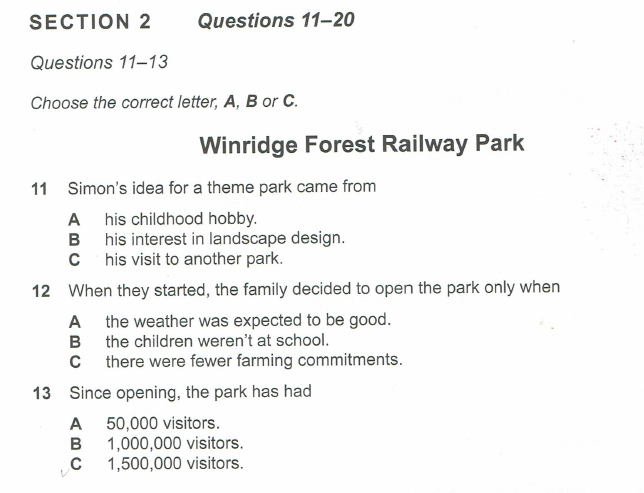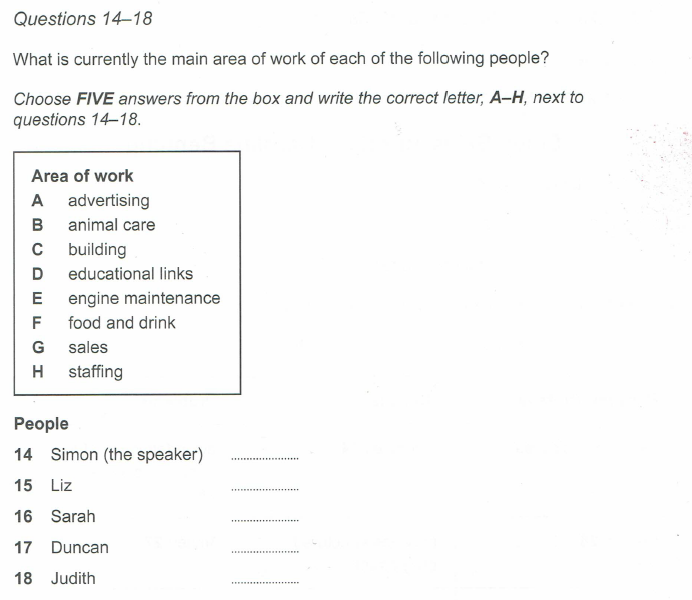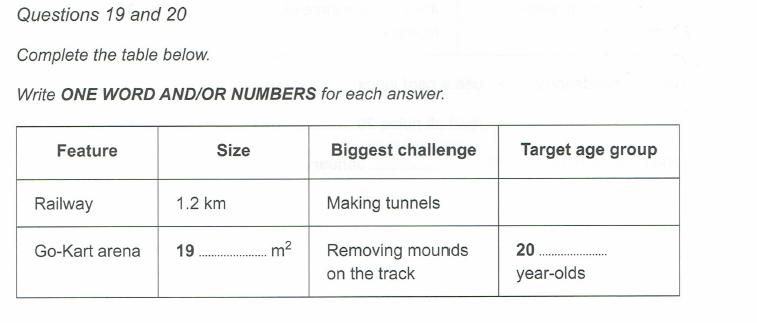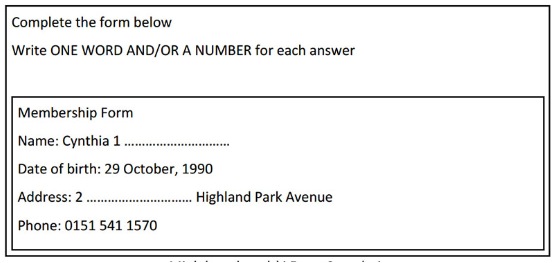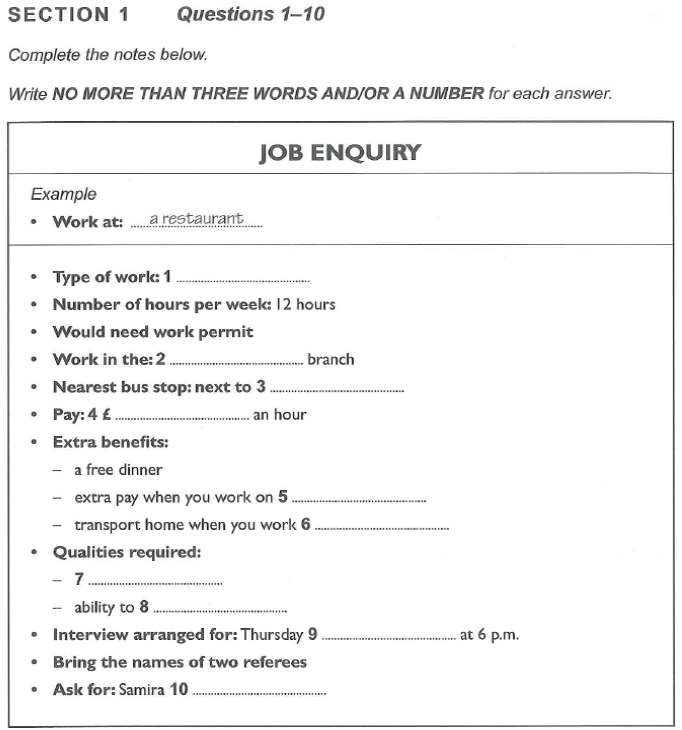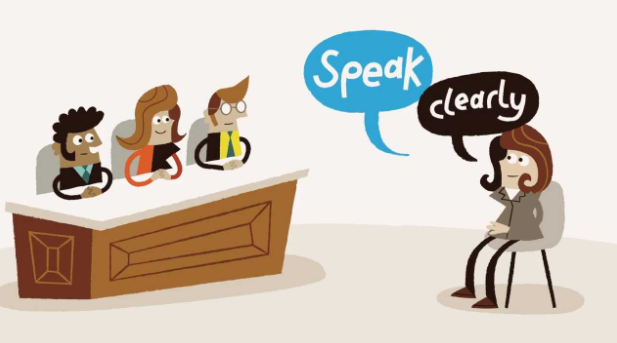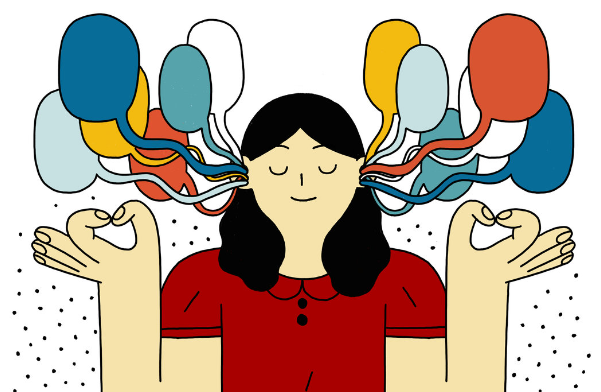
IELTSリスニングでは、6つの出題タイプがあります。
今回は、Labeling a map / diagram (地図・図表を完成させる)について解説します。
IELTSリスニングの地図問題は、地図上のアルファベットの位置に何があるのかを
音源を聴いて答えるタイプの形式です。
Labeling a map / diagram 問題では以下の解答指示文が出されます
- Label the map below.
- Choose FOUR answers from the box and write the correct letter A –G next to questions 17 – 20.
- Write NO MORE THAN WORDS AND / OR A NUMBER for each answer.
★ 地図問題の対策
地図問題では、場所や方向を示す英単語をきちんと理解しておく必要があります
- 地図を見てどこに何があるかを把握する
- 回答場所の上下左右に何があるのか確認
- どこから話し始めるのか想像する
- 一番最初の文章に集中する
- 読み手の話を聞きながら頭の中で実際に場所を想像する
- 場所の説明は問題番号順に行われることを意識する
★ IELTSの地図問題でよく出る道案内に慣れる
● north=up, / south=down / east=right / west=left/
● north-east=top-right corner/north-west=top-left corner
● slightly west of / go straight ahead / just past
● in the southwest / in the northeast
● in the middle of / in the centre of
● at the top / at the bottom
● on the left / on the right / on the far side
● above / below
● inside / outside
● before you get to
● adjoining
● enter via
● runs alongside
● opposite / in front of
● left-hand side / right-hand side
● clockwise /counter anti-clockwise
● a little beyond
それでは、地図問題にチャレンジしてみましょう
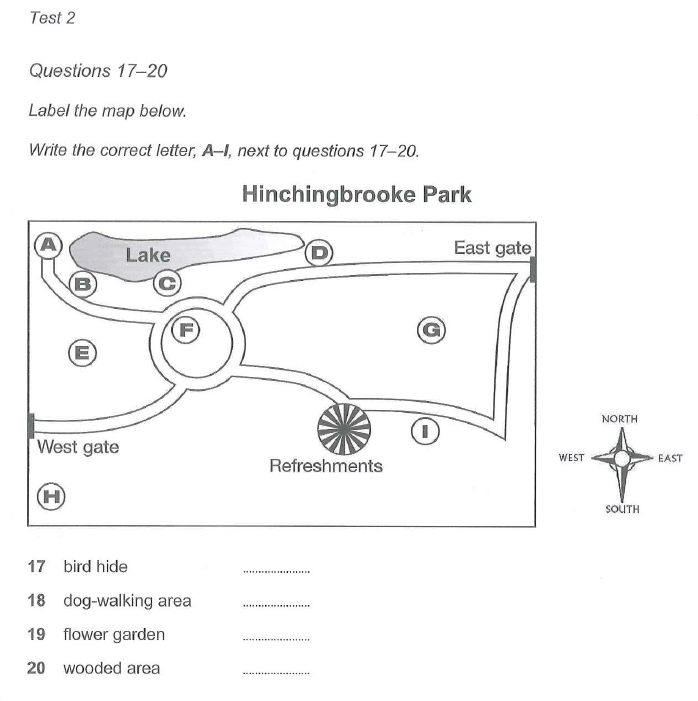
★ 図表問題 対策
以下のことに気を付けながら音源を聞く
●図表のタイトルと形
●選択肢にある単語
●図表の構成している名称(known as, called, referred to as, etc)
●機能について(this component/part is used for, press this button to… etc)
●図表の解説(you have to switch on/ off…in order to…、etc)
それでは図表問題にチャレンジしてみましょう
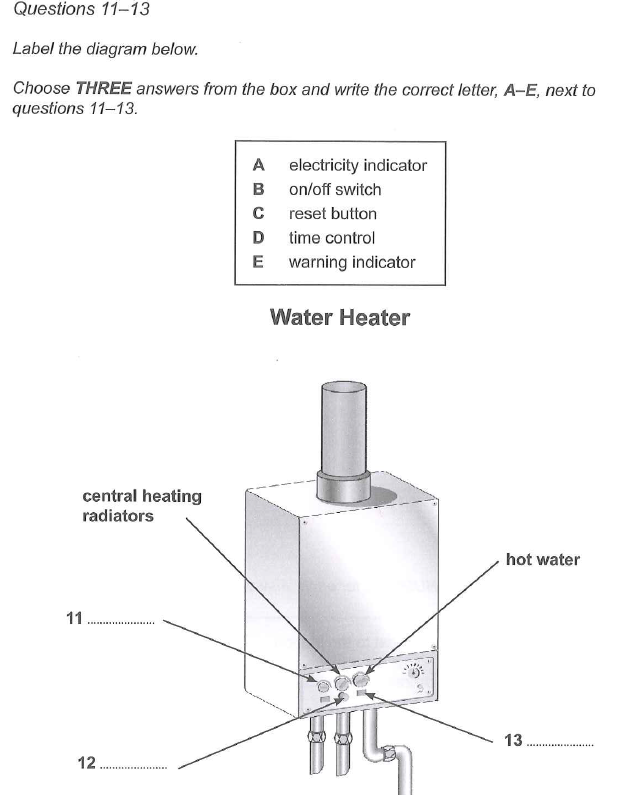

スクリプト― Question 17-20 答えになる箇所にラインマーカーを引いています
And finally I’d like to tell you about our new wildlife area, Hinchingbrooke Park, which will be opened to the public next month. This slide doesn’t really indicate how big it is, but anyway, you can see the two gates into the park, and the main paths. As you can see, there’s a lake in the north west of the park, Q17 with a bird hide to the west of it, at the end of a path. So it’ll be a nice quiet place for watching the birds on the lake.
Fairly close to where refreshments are available, Q18 there’s a dog-walking area in the southern part of the park, leading off from the path. And if you just want to sit and relax, you can go to Q19 the flower garden: that’s the circular area on the map surrounded by paths.
And finally, there’s Q20 a wooded area in the western section of the park. between
two paths.
Okay, that’s enough from me, so let’s go on to …
スクリプト― Question 11-13 答えになる箇所にラインマーカーを引いています
Hello?
Hi. It’s Laura Carlton here. We’ve just arrived at the holiday flat, but I can’t get the hot water and heating to work.
Oh right! That’s easy. Don’t worry. In the upstairs cupboard, you’ll find the water heater. You’ll see three main controls on the left at the bottom of the heater.
Q11 The first one – the round one on the far left – is the most important one for the heating and hot water. It’s the main control switch. Make sure it’s in the ‘on’ position. The switch itself doesn’t light up, but the little square below will be black if the switch is ‘off’. That’s probably what’s happened – it’s got switched off by mistake. The middle one of these three controls – you’ll see it’s slightly larger than the first one – controls the radiators. If you feel cold while you’re there and need the radiators on, this needs to be turned to maximum. The last of the three controls – the one on the right – is usually on about a number four setting which for the water in the taps is usually quite hot enough.
Q12 Below the heating controls in the middle is a small round plastic button. If there isn’t enough water in the pipes, sometimes the heater goes out. If this happens Q12 you’ll need to press this button to reset the heater. Hold it in for about five seconds and the heater should come on again. Then there’s Q13 a little square indicator under the third knob that’s a kind of alarm light. It’ll flash if you need to reset the heater.
It sounds complicated …



